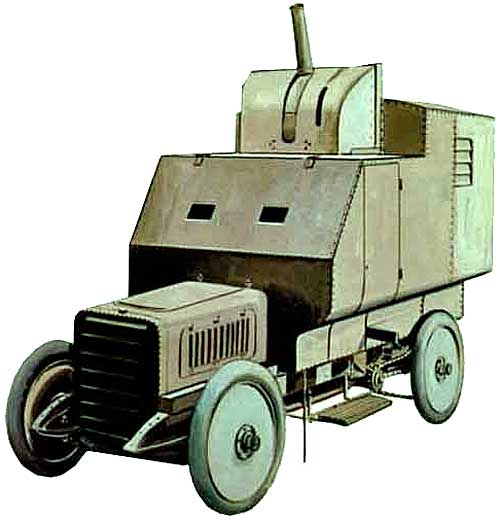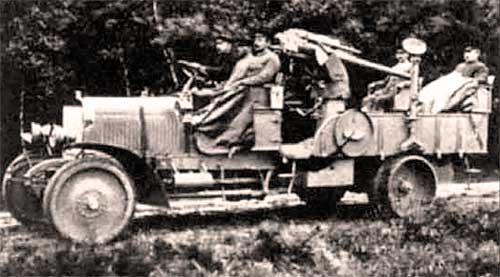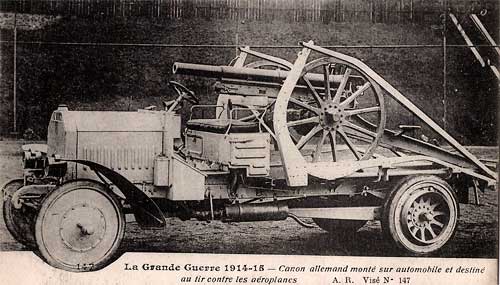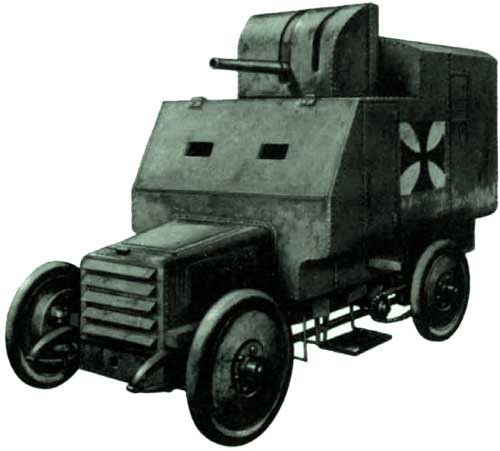
Armored car Ehrhardt BAK (Ballon-Abwehr Kanone)
Armored car Ehrhardt BAK (Ballon-Abwehr Kanone)The first model of the armored car was built in a single copy.
Armored car "Erhardt" VAK with 50-mm fur "Rheinmetall" in the semi-tower open at the rear.
The armored car Ehrhardt BAK (Ballon-Abwehr Kanone - anti-aerostatic gun), developed in 1906 by the Erhardt company from Zela-Saint-Blazy, was the first armored vehicle created in Germany, as well as the first in a series of combat vehicles of this type. The armored car was equipped with a 50-mm rapid-fire cannon and was designed to deal with enemy balloons, the appearance of which over positions began to seriously disturb the European armies.
The manned compartment, which was much wider than the engine compartment, included a control compartment and a fighting compartment. It was possible to enter it through the doors in the sides of the hull, provided in the area of the control compartment and opening towards the stern. The threshold was quite high, so wooden footboards were attached to the frame under the body. Two rectangular open windows in the inclined frontal sheet of the hull served to observe the terrain. In both sides of the hull there was also one window with armored dampers.
The height of the hull above the control compartment was less than the height of the stern - in this place there was a semi-turret open at the rear with a 50-mm Rheinmetall cannon with a barrel length of 30 calibers. The machine on which the gun was mounted made it possible to point it at the target in a vertical plane with a maximum elevation angle of 70 °. In addition, it was possible to fire from the cannon at ground targets. In the horizontal plane, it was induced in a sector of ± 30 ° relative to the longitudinal axis of the armored car. The ammunition load for the cannon included 100 rounds of 50 mm caliber, which were transported in special boxes in the body of the vehicle.
In 1906, at the 7th International Automobile Exhibition in Berlin, the model was shown publicly. Two years later, an open unarmored vehicle appeared, and in 1910, Ehrhardt developed a similar system, but already all-wheel drive (4 × 4) and armed with a 65-mm anti-aircraft gun with a barrel length of 35 calibers.
All-wheel drive truck "Erhardt" with a 65-mm anti-aerial gun. Daimler improved the VAK in 1911 by armoring most of the hull. Armored car "Erhardt" VAK was not mass-produced. Around the same time, Daimler also began building a machine to fight balloons. The first model was equipped with a 77-mm Krupp cannon and also had four-wheel drive, but there was no armor protection.
Daimler-Motoren-Gesellschaft (DMG) platform truck ("Dernburg-Wagen") with 7.7 cm L / 27 BAK (balloon defense cannon) (Krupp) In 1909, the Daimler company released a new vehicle based on an all-wheel drive (4 × 4) chassis with a 57-mm Krupp cannon with a barrel length of 30 calibers. It was installed in an open, but already armored tower of circular rotation, which provided the gun with a sufficient elevation angle for firing at balloons. Partial armor protected the habitable compartment and ammunition. The armored car "K-Flak", which participated in the First World War, was one of the best combat vehicles of the Daimler company at that time. It was a car weighing 8 tons, equipped with a four-cylinder engine with a capacity of 60-80 hp; the transmission allowed moving forward at four speeds and backward at two. "Erhardt" responded by creating a similar EV / 4 machine based on the chassis of an armored car of the 1915 model. Sources:
| ||||||||||||||||||||||||||||||
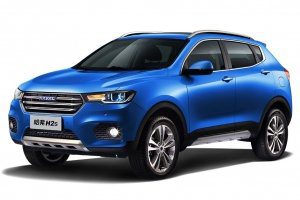
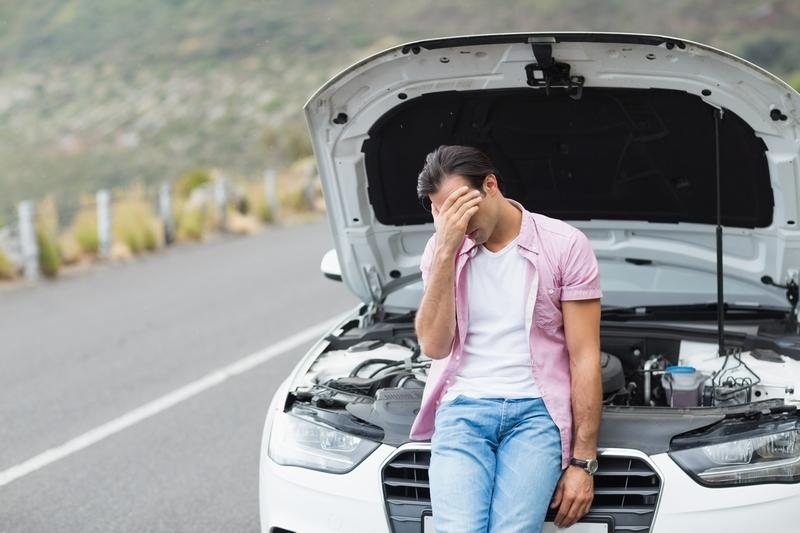
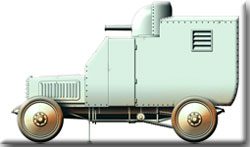 The armies of almost all leading European countries at the beginning of the 20th century began to experiment with the use of armored vehicles. In 1905, the Prussian army first got acquainted with the Austrian-built Daimler all-wheel drive armored car, whose design was progressive but expensive. And the German command, not showing interest in him, nevertheless ordered from the Daimler company a rather primitive armored vehicle on the chassis of a Mercedes car in order to conduct military tests. In the same period, the German designer Heinrich Ehrhardt introduced the Rheinmetall light cannon to the military, mounted on the Ehrhardt-Decauville chassis, which was intended to combat balloons.
The armies of almost all leading European countries at the beginning of the 20th century began to experiment with the use of armored vehicles. In 1905, the Prussian army first got acquainted with the Austrian-built Daimler all-wheel drive armored car, whose design was progressive but expensive. And the German command, not showing interest in him, nevertheless ordered from the Daimler company a rather primitive armored vehicle on the chassis of a Mercedes car in order to conduct military tests. In the same period, the German designer Heinrich Ehrhardt introduced the Rheinmetall light cannon to the military, mounted on the Ehrhardt-Decauville chassis, which was intended to combat balloons.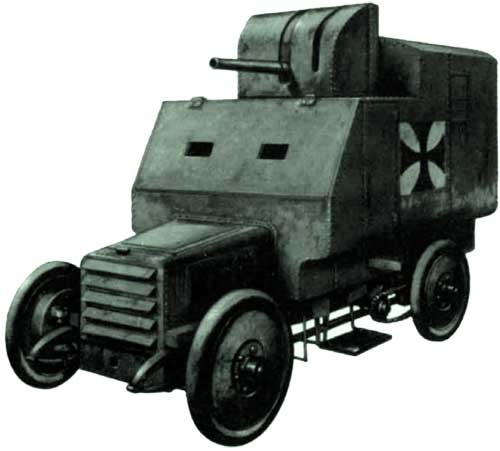
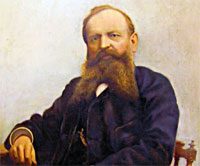 For reference. Dr. Heinrich Erhardt (1840-1928), known as the "Cannon King", self-taught engineer, inventor and entrepreneur, gave his name to the firm. His main merit is the founding in 1889 of the Rhine mechanical and engineering plant, which later became the largest German military-industrial concern "Rheinmetall". In 1903, Erhardt returned to his native Thuringian town of St. Blaisey, where he converted his small workshop, opened in 1878, for the production of cars, thus creating the Heinrich Ehrhardt Automobilwerke AG company, specializing in simple and durable trucks that met the requirements of the time. This made it possible to supply them to the army, equipping the Rheinmetall company with weapons. By the beginning of the First World War, the company offered army vehicles with a carrying capacity of 3,5-6,0 tons with engines with a capacity of 45-60 hp. and chain drive. But they never became the main military product, Erhardt always more interested in combat vehicles and armored cars.
For reference. Dr. Heinrich Erhardt (1840-1928), known as the "Cannon King", self-taught engineer, inventor and entrepreneur, gave his name to the firm. His main merit is the founding in 1889 of the Rhine mechanical and engineering plant, which later became the largest German military-industrial concern "Rheinmetall". In 1903, Erhardt returned to his native Thuringian town of St. Blaisey, where he converted his small workshop, opened in 1878, for the production of cars, thus creating the Heinrich Ehrhardt Automobilwerke AG company, specializing in simple and durable trucks that met the requirements of the time. This made it possible to supply them to the army, equipping the Rheinmetall company with weapons. By the beginning of the First World War, the company offered army vehicles with a carrying capacity of 3,5-6,0 tons with engines with a capacity of 45-60 hp. and chain drive. But they never became the main military product, Erhardt always more interested in combat vehicles and armored cars.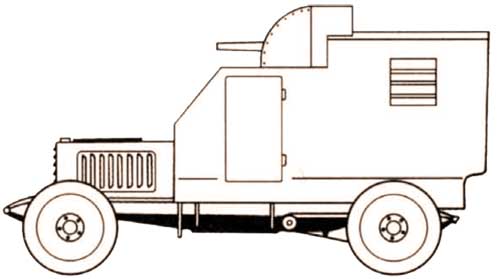

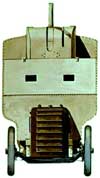 The first armored car was built in a single copy based on the chassis that Ehrhardt used to build light trucks equipped with a 60 hp four-cylinder engine. The body of the vehicle had a simple box-like shape and was made of flat sheets of steel armor, which were riveted to the frame of angle and T-profiles. Reservation of the hull and turret - 5 mm, and sides, stern and roof - 3 mm. An armored grill covered the hood radiator, and louvers were provided in the walls of the engine compartment for air circulation. A four-cylinder liquid-cooled carburetor engine “Erhardt” with a power of 44,1 kW was installed in front of the car under an armored hood. The armored car was able to move on paved roads with a maximum speed of 45 km / h. Torque from the engine was transmitted to the drive wheels using a simple chain. Pneumatic tires, which are still a big novelty, were used on wheels with metal rims.
The first armored car was built in a single copy based on the chassis that Ehrhardt used to build light trucks equipped with a 60 hp four-cylinder engine. The body of the vehicle had a simple box-like shape and was made of flat sheets of steel armor, which were riveted to the frame of angle and T-profiles. Reservation of the hull and turret - 5 mm, and sides, stern and roof - 3 mm. An armored grill covered the hood radiator, and louvers were provided in the walls of the engine compartment for air circulation. A four-cylinder liquid-cooled carburetor engine “Erhardt” with a power of 44,1 kW was installed in front of the car under an armored hood. The armored car was able to move on paved roads with a maximum speed of 45 km / h. Torque from the engine was transmitted to the drive wheels using a simple chain. Pneumatic tires, which are still a big novelty, were used on wheels with metal rims.